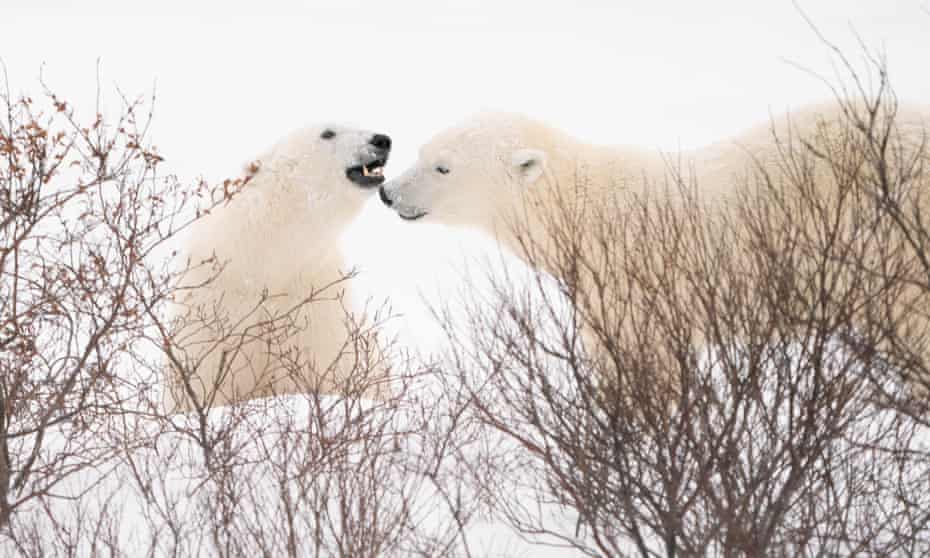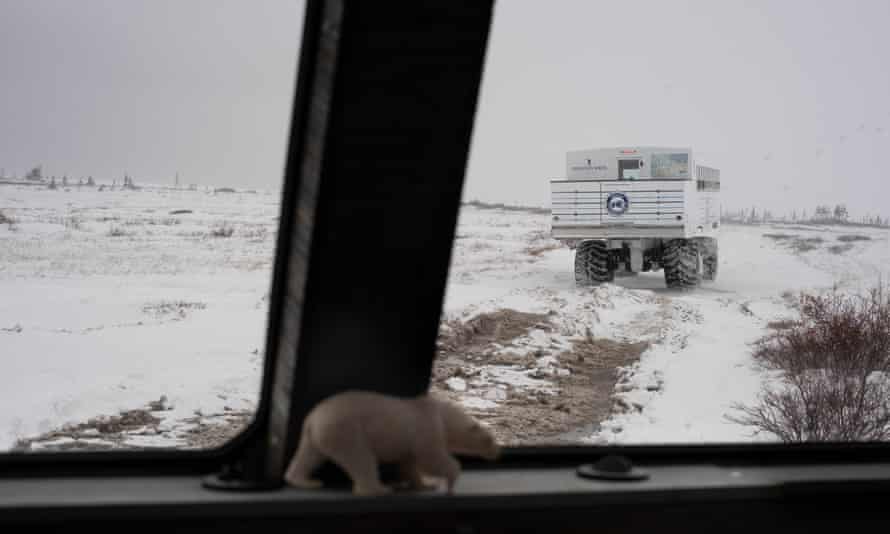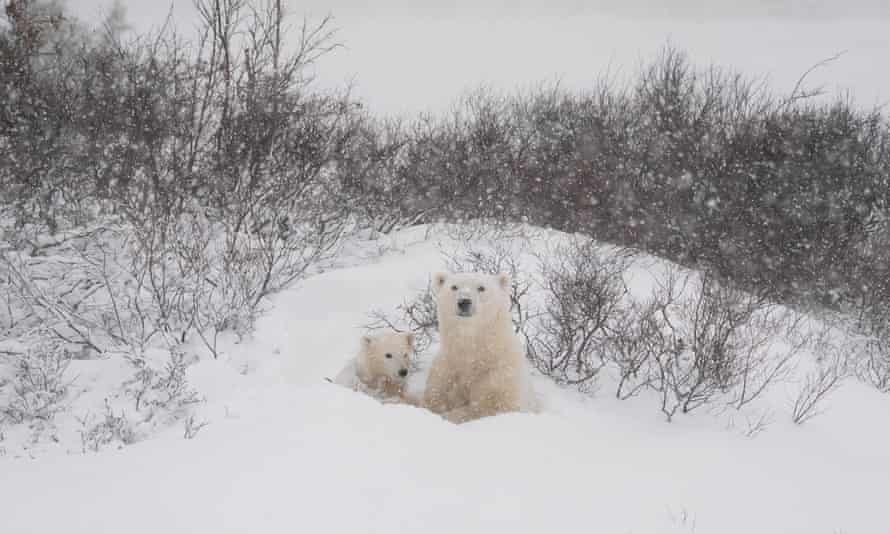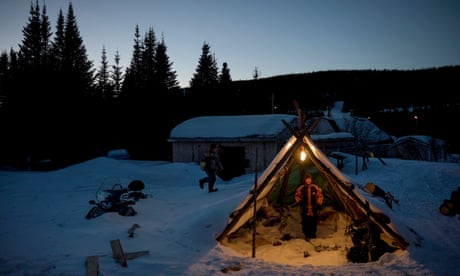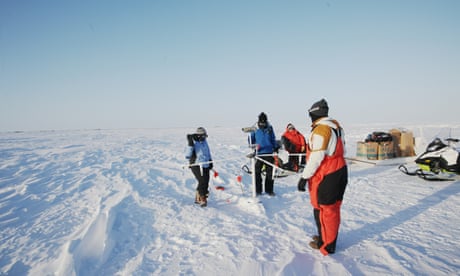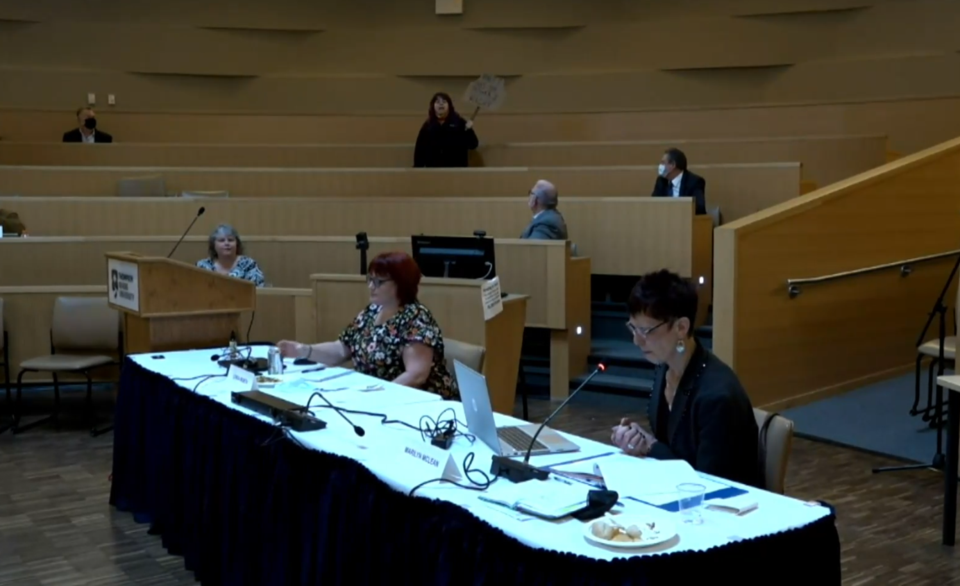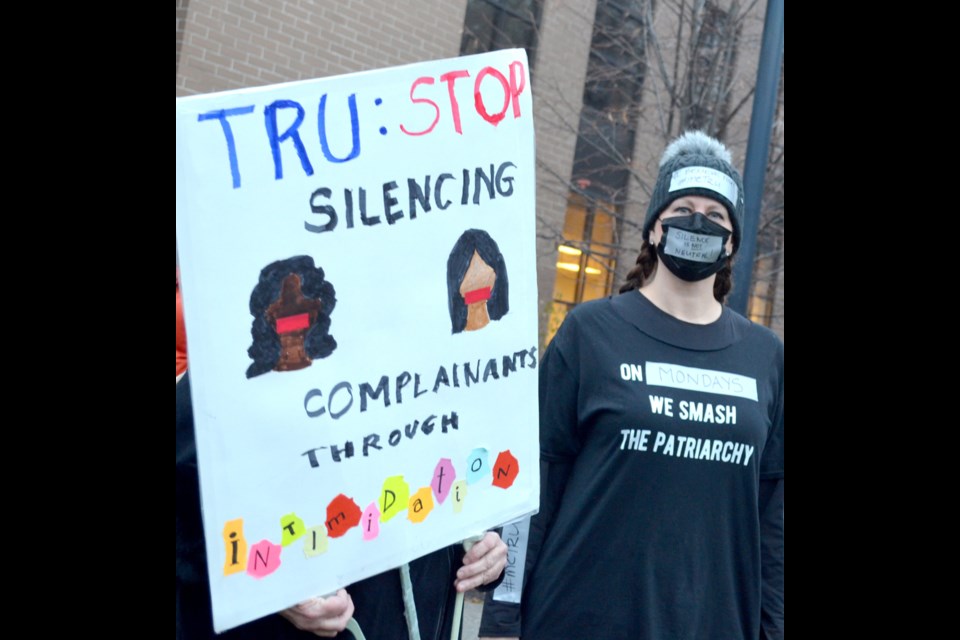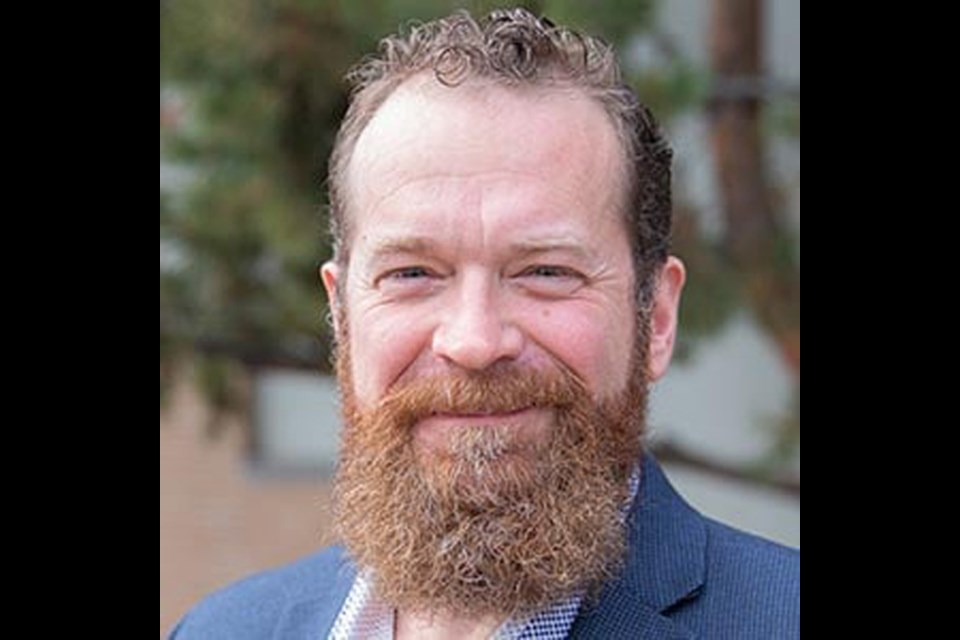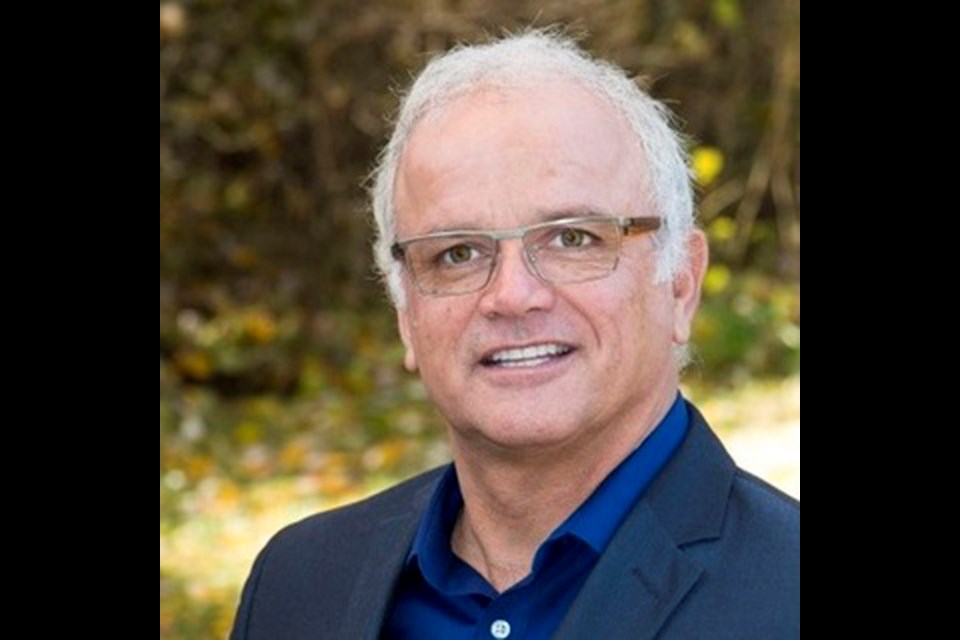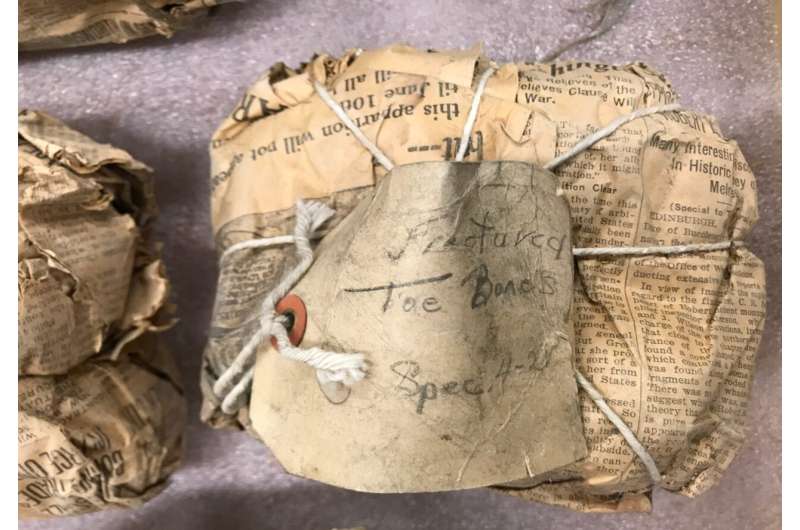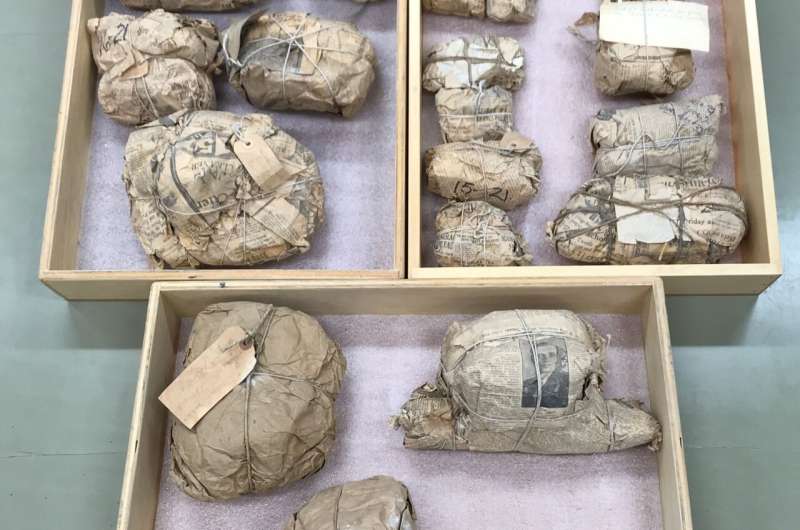
:format(jpeg)/cloudfront-us-east-1.images.arcpublishing.com/tgam/RRGGL6NTW5PPTN4WPBZUVG5I3Y.jpg)
Folks participate in a Sept. 18 protest in opposition to COVID-19 public well being measures in Toronto.Chris Younger/The Canadian Press
Ken Coates is the Canada Analysis Chair in Regional Innovation on the College of Saskatchewan. A model of this piece was first revealed by the Macdonald-Laurier Institute.
These are tumultuous occasions. The 2020s might not match the “energy to the folks” protests of the Nineteen Sixties and even the Occupy actions and anarchist uprisings of the 2010s, however latest Canadian conflicts have a nasty and offended edge. And whereas the nation might have averted the sorts of very damaging conflicts skilled south the border, the re-emergence of bitter confrontations challenges democracy and as soon as extra checks the power of our authorities to maintain the rule of legislation.
The parameters are clear. Governments make legal guidelines and laws. The police and the courts implement these guidelines. Protesters categorical their factors of view and, to draw consideration and reinforce their factors, disrupt common actions.
Supplied the protests are time-limited, non-destructive and with out fast penalties for folks, sources and amenities, the police and governments tolerate short-term disruptions.
Issues emerge when the protests are extended, when there may be violence, if business pursuits are disrupted, or if broader society is critically inconvenienced. When protests change into unruly, when the legislation is ignored, when the duly constituted authority is threatened, traces have clearly been crossed.
:format(jpeg)/cloudfront-us-east-1.images.arcpublishing.com/tgam/IZJM6U6PZFOQNIVPVKELKOU7CY.jpg)
Well being care employees have a look at anti-vaccine protesters from inside Toronto Common Hospital on Sept. 13.Chris Younger/The Canadian Press
Canada enters this present age of unrest weakened in its capability and willingness to reply and uncertain of how to deal with an assertive citizenry.
The general public at massive is kind of cynical about most of the protests, typically writing off activists as naive, ignorant, harmful, uninformed or simply manipulated by environmental organizations, political events or particular curiosity teams.
Governments have been reluctant to behave, partly out of worry of an escalation of battle but in addition due to the dearth of a nationwide technique for the administration of protests.
Probably the most memorable uprisings of 2021 are these related to the anti-vaccine motion and libertarians protesting authorities intrusions of their lives. Their most high-profile actions – blocking entry to hospitals and throwing gravel on the Prime Minister – have been appropriately condemned (with an arrest within the latter case).
However the pandemic-related protests are outliers in a sample of common authorities inaction and disturbing passivity within the face of disruptive protests. In these cases, and in earlier conflicts over useful resource developments, the Royal Canadian Mounted Police and different police forces have been positioned within the uncomfortable place of imposing Canadian legal guidelines and laws within the face of decided citizen protests and infrequently with out strong backing from the federal government.
:format(jpeg)/cloudfront-us-east-1.images.arcpublishing.com/tgam/BLBTSYQUQNA5LFP7CQIFJBZVTM.JPG)
:format(jpeg)/cloudfront-us-east-1.images.arcpublishing.com/tgam/B552NX5KJNABDA7URVGNZAAX34.JPG)
The Moist’suwet’en standoff of 2020: At high, counter-demonstrators in Edmonton take away elements of a rail blockade erected in assist of Moist’suwet’en chiefs on Feb. 19, and at backside, the Ontario Provincial Police take a person into custody close to a rail crossing in Tyendinaga Mohawk territory on Feb. 24.Codie McLachlan/Reuters; Cole Burston/The Globe and Mail
Take into account the prepandemic pipeline-related protests. Over the previous few years, supporters of a few of the hereditary chiefs of the Moist’suwet’en Nation tried to dam building of a portion the Coastal GasLink pipeline, sparking sympathetic protests throughout the nation. In February, 2020, a small group of activists blocked the mainline of the CN Railway, disrupting Toronto-area commuters and inflicting thousands and thousands of {dollars} in financial hurt. The federal government response to those clearly unlawful acts was tepid, at greatest.
Canadians have been tolerant of a rising variety of protests that carry substantial social and financial prices. The place the protests intervene with clear federal aims – as with the anti-vaccination uprisings – Prime Minister Justin Trudeau rapidly launched new laws to criminalize actions that interfered with hospitals and medical actions. When the protests are extra intently aligned with declining authorities curiosity within the fossil gasoline sector and its need to keep away from additional conflicts with Indigenous peoples, as with the anti-pipeline actions, the federal government has been loath to maneuver rapidly, if in any respect.
Within the Moist’suwet’en case, the B.C. authorities responded by offering substantial funding to the hereditary chiefs whereas largely ignoring the elected chiefs and councils, who favoured the pipeline. The governments of Canada and Ontario, in shut co-operation with the suitable police authorities, ought to have stopped the CN rail protests on the primary day; a brief protest makes a essential level, however extended actions switch the ache and inconvenience from the political actors to the general public at massive. Many harmless folks paid an unacceptable value for the actions of self-appointed activists reacting to 1 facet of a sophisticated inner First Nations dispute a couple of improvement challenge 1000’s of miles away.
:format(jpeg)/cloudfront-us-east-1.images.arcpublishing.com/tgam/R5A666J72VIW5BPK3PSEYD5U6Y.JPG)
Supporters of Moist’suwet’en hereditary chiefs carry banners in Toronto this previous November.Chris Helgren/Reuters
Protests alongside the Coastal GasLink route in north-central British Columbia re-emerged final month, when folks related to one of many clans ordered the pipeline employees to depart their territories. The activists re-established a blockade and minimize off entry to a piece camp. The police stepped in, eliminated the barricades and arrested most of the protesters. The protesters’ actions weren’t supported by the elected chief and councils of the Moist’suwet’en, and it’s not clear how most of the Moist’suwet’en folks assist it. Because the First Nation just lately acknowledged: “Although we’re additionally members of the Gidimt’en Clan, the protesters on the Coyote Camp and different protest websites have by no means consulted us about their actions and can’t declare to characterize us or some other members of the First Nation.”
The elimination of the blockade was not dealt with effectively. Photographs of closely armed cops had been jarring and, within the context, unwarranted. The protesters had been disruptive however not violent or armed. Furthermore, the Moist’suwet’en activists had typically spoken out in regards to the lengthy expertise of First Nations folks with violence from Canadian officers. Exhibiting up with automated weapons each escalated the battle and added credence to the protesters’ issues. The assertiveness of the police, notably the effectively documented entrance into the small constructing housing the protesters, appeared unduly aggressive. That the police arrested a number of journalists, equally, made certain that the story discovered a wider and extra engaged viewers than had they dealt with the state of affairs much less dramatically.
The protesters made their level and bought the media protection that they so clearly desired. The police actions ensured that the obstacles had been eliminated and that lawfully licensed work might resume. On this occasion, the general public discovered, once more, of the place of the hereditary chiefs and their supporters and, significantly better than up to now, the opposite views of elected Moist’suwet’en leaders and lots of neighborhood members.
:format(jpeg)/cloudfront-us-east-1.images.arcpublishing.com/tgam/QW25TEONF5MK5CYKK6GTQNQPEU.jpg)
:format(jpeg)/cloudfront-us-east-1.images.arcpublishing.com/tgam/MF3O32T74FMHJJU6DXTDE5EAYI.jpg)
The Fairy Creek standoff of 2021: At high, purple clothes honouring lacking and murdered Indigenous ladies are scattered on a hillside close to Port Renfrew, B.C., and at backside, police extricate an anti-logging protester from a ‘sleeping dragon’ contraption this previous Sept. 4.COLE BURSTON/AFP by way of Getty Photographs
One other high-profile protest, on the logging websites alongside Fairy Creek on Vancouver Island, speaks to different disquieting realities. To the diploma that the variety of arrests displays the depth of the battle, this resistance has change into the biggest in Canadian historical past, an “achievement” a lot heralded throughout the environmental motion.
The British Columbia authorities, native First Nations governments and the corporate concerned, Teal Cedar Merchandise, have had the backing of the courts and are decided to proceed, with discussions about harvesting plans underneath approach with the First Nations. The protesters aren’t glad with the selections of the politicians or the courts and proceed to push for a lot broader safety of the outdated development forest.
There isn’t any doubting the great intentions and the the Aristocracy of the reason for a few of the protesters. Mates of my household – latest retirees with distinguished work histories, an extended report of assist for civil society, and usually upstanding Canadians – have two daughters at Fairy Creek. The younger ladies aren’t long-time activists however they had been drawn to the protests by the irreversible consequence of harvesting outdated development forests. They didn’t transfer to activism incautiously. They studied the problems extensively and have immersed themselves in Indigenous tradition whereas within the camps. They imagine within the trigger and remained on the entrance line when the police moved in; they don’t seem to be crowd-followers, nor are they simply manipulated by environmental activists.
:format(jpeg)/cloudfront-us-east-1.images.arcpublishing.com/tgam/VRSJ6IPTDZEA7E5LM63DFRDZXE.JPG)
A protester waves to supporters as he’s pushed away close to Fairy Creek on Could 25.Jesse Winter/The Globe and Mail
Trendy protests are recorded reside, that means that we’d like not depend on second- and third-hand accounts of protests. In Fairy Creek, there are prolonged, disturbing movies. The scenes of activists being pepper sprayed are excruciating to look at. The choose overseeing the case was not happy with a few of the police behaviours. And my mates and their daughters are additionally profoundly disturbed by what transpired: the apparent singling out of First Nations folks on the protest traces, seemingly deliberate efforts to inflict ache, willful destruction of the protesters’ property, and palpable aggression. It has been reported that protesters used a wide range of ways to thwart and frustrate police, however this isn’t Canada at its greatest; these police actions are merely not per Canadian values.
Ultimately, nonetheless, Canada prospers or founders on the rule of legislation. No matter we’d consider our flesh pressers, political events, parliaments, insurance policies and authorized processes, these establishments collectively characterize certainly one of this nation’s biggest strengths. We ignore or reject political and authorized processes at our collective peril. It’s a skinny line, however one which should be each outlined and guarded with ferocity by governments and residents. Protesters have each proper to attempt to change public opinion and alter the federal government’s thoughts; they don’t have the correct to set coverage.
Authorities representatives should at all times act with integrity and decency. From the police by to the judicial system, these officers should be the easiest of us. Something much less diminishes them and the authorized course of and, much more, weakens respect for the nation. Within the context of Fairy Creek, the actions of the RCMP – and the truth that few of its members have been known as to account for his or her behaviour so far – is unacceptable.
:format(jpeg)/cloudfront-us-east-1.images.arcpublishing.com/tgam/SHVKL2U3DZAHRLK54BYQUMR2MA.JPG)
RCMP officers chase a protester up a logging street close to Fairy Creek this previous Could 25.Jesse Winter/The Globe and Mail
Nevertheless, transferring ahead, the federal government of British Columbia should correctly implement the injunction in opposition to the protesters at Fairy Creek and should shield the rights of the corporate and the First Nations concerned. The authorities, in dealing with tough and intense conditions, should deal with the protesters with dignity and never give the activists or the general public cause to assume ailing of the state or the nation. A vibrant democracy requires opposition and protest. However, all through, the political and authorized course of, which incorporates the RCMP, it additionally requires decency and integrity on the a part of authorities.
Justice Douglas Thompson of the B.C. Supreme Court docket reviewed the request for the extension of the Fairy Creek injunction and located himself caught in a dilemma: shield the rule of legislation (and the corporate’s authorized rights) or defend the protesters’ rights within the face of police behaviour. In a judgment launched in late September, he wrote in regards to the “irreparable hurt if the injunction just isn’t prolonged” and famous that “standing behind lawful rights in these circumstances promotes the rule of legislation and is undoubtedly within the public curiosity.”
Nevertheless, regardless of this robust assertion, Justice Thompson got here down on the facet of the protesters, writing, “Most of those (interactions) have been respectful, and almost all so far have been non-violent. That is per what I’ve come to know throughout many bail functions by even probably the most militant of the protesters. They’re respectful, clever, and peaceful by nature. They’re good residents within the essential sense that they care intensely in regards to the widespread good.”
Justice Thompson did word “the police have usually used cheap power to impact arrests and management crowds, and cheap means to take away protesters from trenches and gadgets.” But he additionally concluded the police at occasions had stepped past cheap bounds – this behaviour he discovered disquieting and challenged the repute of the Court docket in granting the injunction. Generally, he “thought of the infringements of civil liberties to be unjustified, substantial, and critical.”
His ruling addressed important issues about cops “rendered nameless to the protesters, a lot of these cops sporting ‘skinny blue line’ badges. All of this has been completed within the title of imposing this Court docket’s order, including to the already substantial threat to the Court docket’s repute every time an injunction pulls the Court docket into the sort of dispute between residents and the federal government.”
:format(jpeg)/cloudfront-us-east-1.images.arcpublishing.com/tgam/Z5XWIKF62NLK3H72FJLXV6QTYU.jpg)
:format(jpeg)/cloudfront-us-east-1.images.arcpublishing.com/tgam/I3D6ELTDNVKQRJWWHPRKZRPKI4.jpg)
One other day within the Fairy Creek standoff: At high, RCMP hold watch as a protester is taken out of a ‘sleeping dragon’ on Sept. 4, and at backside, fellow protesters sing as they watch.COLE BURSTON/AFP by way of Getty Photographs
The Fairy Creek battle and the administration of the protest by the activists, authorities officers, the police and the courts level to a basic rigidity in Canadian democracy. First, governments make legal guidelines and laws; they don’t seem to be and shouldn’t be created by a small variety of activists or protesters. Second, protesters have the correct to protest, throughout the limits of the legislation, and should observe the legal guidelines, laws and, the place related, courtroom choices. The police, when positioned in a tough state of affairs, are duty-bound to observe applicable procedures and codes of conduct. In all their actions, they characterize the federal government, the courtroom and the nation at massive.
Canada has an excellent model for sustained and significant protest: the Idle No More movement This loosely co-ordinated neighborhood empowerment effort, notably in 2012-13, concerned lots of of particular occasions and actions. They had been peaceable, minimally disruptive, highly effective and surprisingly efficient. Idle No More did an awesome deal to advance many native and nationwide causes for Indigenous peoples in Canada. Relations with the police had been respectful; in various events, the officers joined in with the marchers and dancers and listened with curiosity to the audio system. Protest needn’t transcend authorized boundaries to have a serious political influence, to seize the general public’s consideration, and to spark coverage modifications.
Protests will probably escalate within the coming years. Local weather change and associated environmental issues have drawn collectively well-organized environmental non-governmental organizations, native activists and anxious residents from outdoors the fast areas. Clashes between protesters, firms, employees and neighborhood representatives are escalating, as seen with the numerous anti-pipeline protests. Social media provides an explosive ingredient to those already intense conditions.
Governments have struggled to seek out the protected line between a sustainable financial system and altering environmental requirements. They’ve additionally been reluctant to behave, notably when Indigenous folks and their allies are concerned. However Fairy Creek reveals a complexity that’s way more commonplace on useful resource points than the general public understands. That the federal government of British Columbia is actively contemplating a moratorium on old-growth logging and, province-wide, giving Indigenous communities extra of a say in improvement, reveals that public strain is having a political impact and that the federal government is ready, at a minimal, to enter into co-management preparations with First Nations.
Justice Thompson has set a positive and applicable customary for the administration of protests in Canada: requiring respect for the legislation and for the selections of governments, balanced by the unalterable dedication to treating protesters with dignity and respect. His ruling clearly defines the problems at hand. Justice Thompson clearly needed to rule in favour of the corporate. He knew that the rule of legislation supplied apparent steering. However he was upset by the behaviour of the police, whose actions introduced the broader authorized course of into disrepute. The ethical excessive floor had shifted to the protesters, largely due to police misbehaviour.
The significance of this subject to Canada can be evident. Canadians ought to count on that battle will change into extra commonplace in an period of environmental concern and international uncertainty. Folks will protest public motion and they’re going to achieve this with ardour and dedication in lots of cases. Governments can be known as to defend their insurance policies and shield the pursuits of society at massive. Police can be positioned in awkward and infrequently tense conditions. However the rule of legislation, protected by the police and overseen by the courts, should stay a cornerstone of the democratic processes in Canada.
Protests in Canada: Extra from The Globe and Mail
:format(jpeg)/cloudfront-us-east-1.images.arcpublishing.com/tgam/KB34U45KA5AX5C3A2ESKDNWD4M.jpg)
Jen Osborne/The Globe and Mail
Opinion
On the information media
Sylvia Stead: Police must understand the rights of journalists







